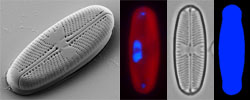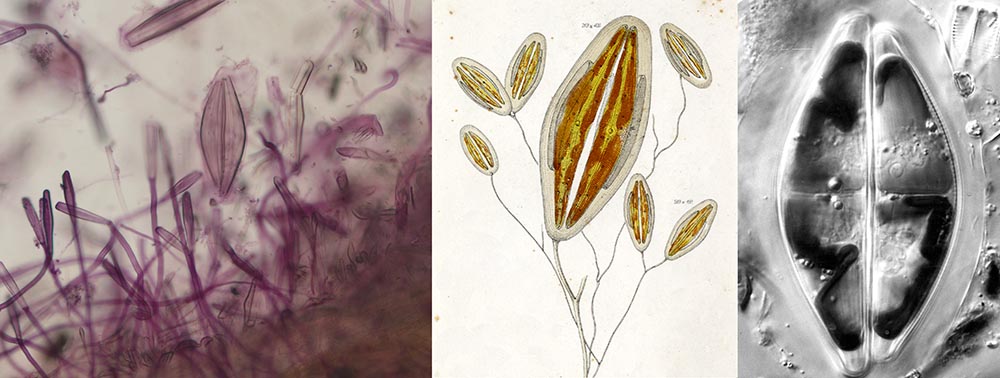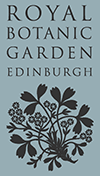In 2022, an extensive literature survey of records of auxosporulation in natural populations of diatoms was undertaken by David Mann and Mark Edlund, building on an unpublished preliminary survey by Christophe Legrand while registered for a PhD at the Stazione Zoologica of Naples (principal supervisor Dr. Marina Montresor). Analyses of the survey results are presented in a Chapter "The ecology of diatom reproduction", in Current topics in diatom ecology: from molecules to metacommunities edited by Eduardo Morales and Nora Maidana. The survey results themselves are available here:
In the spreadsheet, some records are highlighted. Orange highlights Southern Hemisphere records. Pale green indicates records that are certainly or most probably based on natural material transferred to the laboratory and maintained in rough culture. Dark green highlights records with imprecise dating (‘summer’, ‘late autumn and winter’, etc); clearly, these records have some value, but we cannot incorporate them into the monthly totals. Black indicates records that are rejected for a variety of reasons: they are based on natural populations (and therefore potentially of interest for this reason) but are undated; or they are duplicates; or it is doubtful if the record can be assigned to the date given because the item recorded was apparently an enlarged post-auxospore valve (which could have been formed some days or weeks beforehand), without evidence of the preceding process of auxosporulation. The records are sorted into centric and pennate because of the difference between these groups in their sexual reproduction (oogamy vs. morphological isogamy); the centrics are not monophyletic.


 This site is
hosted
by
the Royal Botanic
Garden Edinburgh.
This site is
hosted
by
the Royal Botanic
Garden Edinburgh.